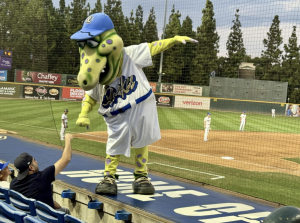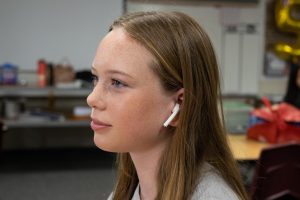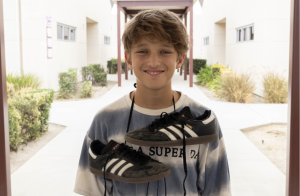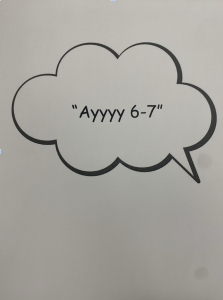New Food Compost Law Affects California Residents
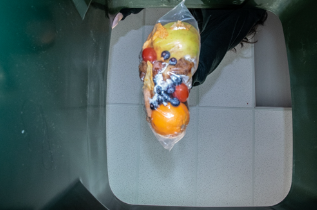
Bagged food waste being placed into a green trash bin.
December 20, 2022
Have you noticed the new food waste barrels that popped up in our school cafeteria before Thanksgiving break? They are the result of a new law here in California that’s made them a common sight in schools all over our state. But what is the purpose of these new bins?
Let’s rewind time by about sixty years. The amount of discarded food in landfills was nearly three times less. Over the decades, grocery stores have encouraged consumers to purchase more than they need, overstocking shelves and contributing to food waste. Now, more and more perfectly edible food is regularly thrown away, doing significant damage to our environment. This isn’t hyperbole. As food decomposes, it produces greenhouse gasses, which contribute to global warming. Thankfully, these effects can be minimized.
In 2016, California Governor Brown signed Senate Bill 1383, in hopes of decreasing California’s methane level by 40% in seven years. A central thought within their plan was the reduction of food waste going to landfills. In January 2022, jurisdictions were finally required to collect domestic and commercial food waste.
The bill was originally authored by former CA Senator Ricardo Lara who currently serves as a California Insurance Commissioner.
According to Burrtec, Rancho Cucamonga’s local waste company, residents will need to bag their food remains in standard grocery bags before discarding it into the company’s green barrels, initially used for debris like leaves and grass clippings.
“We are asking you to use the existing bags you have and put it into the green barrel and give that bag a second life before it goes to the landfill. We don’t want customers to purchase bags specifically for the program,” said Michael Heftman, a Burrtec manager.
Changes have also impacted our campus. In the MPR, new green trash bins have been provided for disposing of food waste.
So what is food waste? According to a recent Burrtec video, “fruits, egg shells, bread, rinds, cooked meat and seafood, bones, vegetables, food-soiled paper, coffee grounds, and plate scrapings are all considered food waste.”
Unlike grass and leaves, this food waste is headed for a different destination.
“We take it to Burrtec’s West Valley material recovery facility or MRF. At the MRF, the trucks unload the material; the MRF processes and sorts the material. Residential material gets composted under a covered aerated static pile. [As for] the commercial material, some of it gets composted and the rest of it, about 50/50, gets sent to companies that have anaerobic digesters where they break down the material and make electricity or natural gas for vehicle fuel,” said Heftman.
Instead of rotting in a landfill, the food waste is converted into compost or energy.
Prior to the food recycling program, this type of waste in landfills decomposed, creating greenhouse gasses, such as methane, which destroys the ozone layer.
“Methane has about 90 times as much warming potential as an equivalent amount of CO2 released in the atmosphere,” said research scientist Riley Duren in a recent article for Governing.com.
The planning process has taken years to develop. Now, the state is moving forward with the hope to impact the environment positively.
“These first two years through 2024 are really about education and outreach, so we want to make sure everybody understands the program requirements and how to properly recycle their material– what food waste goes into which container, making sure residents bag their food waste and place it into the green container,” said Heftman.
With the amount of damage greenhouse gasses cause, Senate Bill 1383 aims to encourage everyone to help in delaying global warming. That begins by becoming informed about the new legislation.
Although the new law has many benefits, the laborious process will require time and effort.
“I think it’s a good thing as far as the separation of the trash, but it is a lot more work for everybody,” said Day Creek custodian Robert Sousa.


